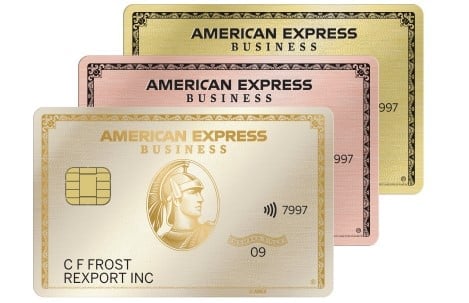Asset-Based Lending: Overview, Examples, Pros and Cons
Asset-based lending can be a good option for businesses that need access to working capital and have strong assets.

Many, or all, of the products featured on this page are from our advertising partners who compensate us when you take certain actions on our website or click to take an action on their website. However, this does not influence our evaluations. Our opinions are our own. Here is a list of our partners and here's how we make money.
Concerned about tariffs?
Many small-business owners are under increased economic stress and uncertainty following the latest tariff announcements. NerdWallet is here to help you find answers for whatever you're looking for. Here are some resources to help you get started:
Need emergency funding? Consider a business line of credit.
Looking for fast access to working capital? Discover the best working capital loans.
Want tips on how to mitigate the impact of tariffs? Read our guide.
What is asset-based lending?
Asset-based lending (ABL) is when a lender issues you a loan that is secured by some form of collateral, such as inventory, accounts receivable, equipment or real estate, among other business assets.
Because this collateral reduces risk for the lender, asset-based financing can be easier to qualify for compared to other small-business loan options. If you default on your loan, however, your lender can seize and sell your assets to recover its losses.
How much do you need?
We’ll start with a brief questionnaire to better understand the unique needs of your business.
Once we uncover your personalized matches, our team will consult you on the process moving forward.
How does asset-based lending work?
Both traditional and online lenders offer asset-based financing. These products can be structured as term loans or lines of credit.
In either case, your lender will make you a loan offer based on the type and value of your available collateral in addition to your other qualifications. To determine the amount of funding you’re eligible to receive, lenders will typically use the loan-to-value ratio (LTV).
LTV is calculated by dividing the loan amount by the value of the asset you’re putting up as collateral. If you’re using your inventory as collateral, for example, your lender may only be willing to offer a loan of up to 50% of the value of your inventory.
In general, the more liquid your collateral, the more likely you are to receive higher funding amounts and lower business loan rates.
Lenders prefer you to put up highly liquid collateral — such as certificates of deposit or securities — because it can be easily converted to cash if you default on your loan. Physical assets, on the other hand, are considered more of a risk.
Asset-based lending example
Let’s say your business is looking for a $100,000 loan to grow your operations. You apply for financing from an asset-based lender and plan to secure your loan with marketable securities (e.g., stocks, bonds, preferred shares).
Your lender agrees to offer a loan equal to 85% of the value of your marketable securities. If your marketable securities have a value of $120,000, the lender can provide a maximum loan amount of $102,000.
If, however, you wanted to secure your loan with inventory, the lender may only offer 50% of the value of that collateral. In this scenario, even if your inventory was also worth $120,000, your maximum loan amount would fall to $60,000. That's $40,000 less than what you’re looking to get.
Asset-based lending vs. cash flow lending
Whereas asset-based lending allows you to borrow money based on the value of your collateral, cash flow lending — also referred to as traditional business lending — allows you to borrow based on your business’s future cash flow.
Here’s an overview of the differences between these lending types:
Asset-based lending | Cash flow lending |
Requires collateral. | Doesn’t necessarily require collateral. |
Eligibility determined based on the value of your collateral. | Eligibility determined based on your current and future finances, as well as credit history. |
Fewer financial covenants. Covenant requirements are conditions that you (the borrower) must meet throughout the term of your loan to show your creditworthiness to the lender. | More financial covenants required. |
Can be easier to qualify for, even if you have a rocky credit history. | Can be more difficult to qualify for, especially if you have poor credit. |
Pros and cons of asset-based lending
Pros
Can be easier to qualify. With asset-based lending, the lender focuses largely on the value of your collateral when evaluating your loan application. If you have strong assets to offer, you may still be able to access financing even if you have unstable cash flow or a rocky credit history.
Competitive interest rates. Because your collateral mitigates risk for the lender, you’ll likely receive lower interest rates on an asset-based loan compared to unsecured business loan options.
Flexible financing. Asset-based loans can be used for a variety of purposes, including managing cash flow gaps, covering operating expenses and investing in new opportunities. Asset-based lenders don’t typically restrict your use of funds, making these loans a good option for a range of different small businesses.
Cons
Certain assets may not qualify as collateral. Some of your business assets may not be eligible collateral for an asset-based loan — and ultimately, this determination will be made by your lender. For instance, lenders may turn down specialized goods, perishable inventory or equipment with a high depreciation rate.
Additional fees. Although these products may have lower interest rates than other financing options, additional fees can drive up loan costs. You may have to pay fees associated with evaluating and monitoring your collateral, such as origination fees, audit fees and due diligence fees.
Putting your assets at risk. If you default on your loan, your lender can claim and sell your business assets to repay the debt and recoup its losses.


